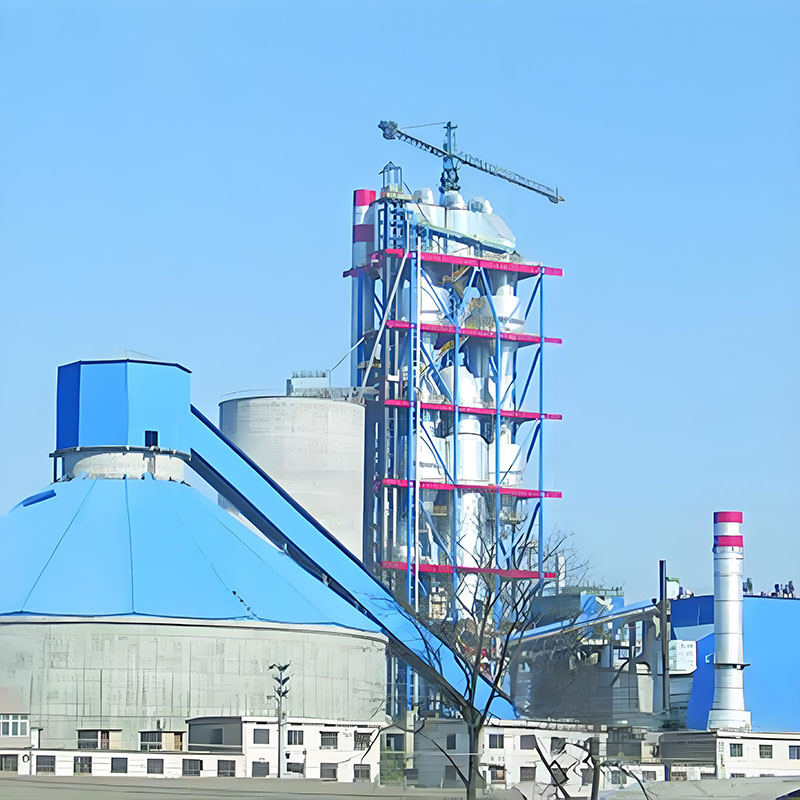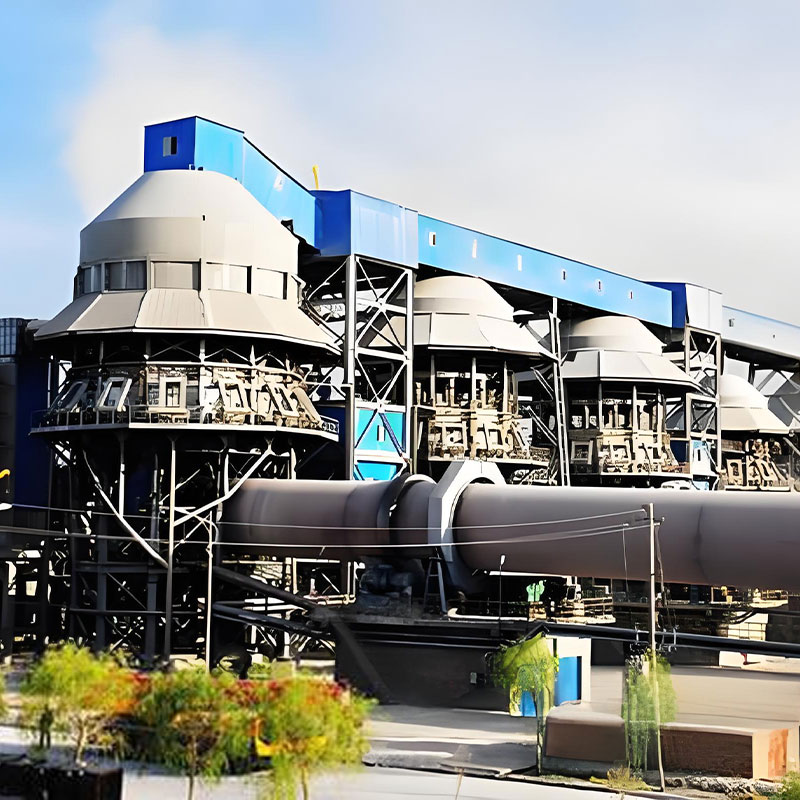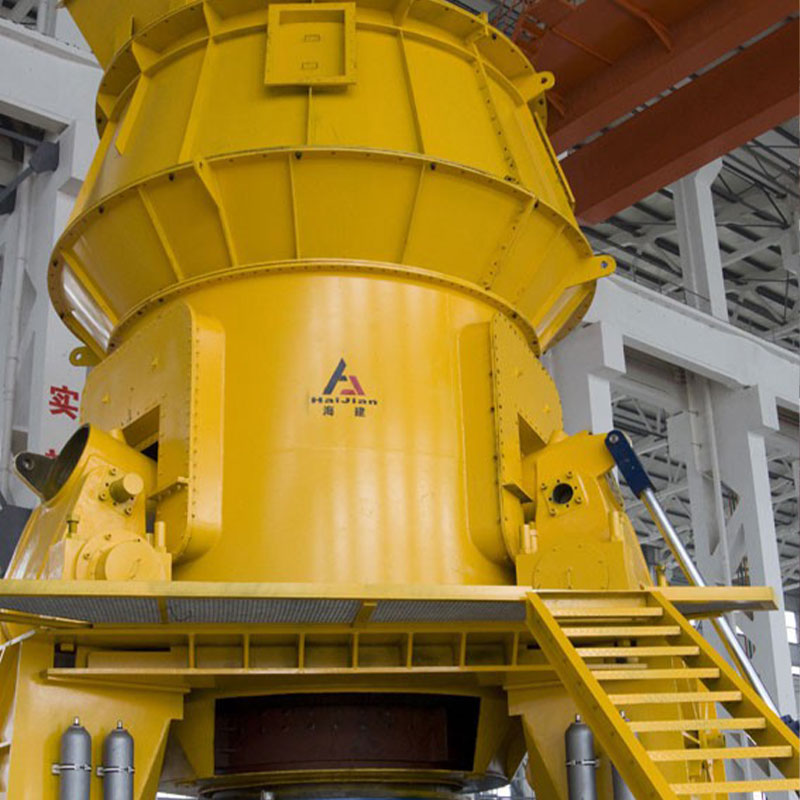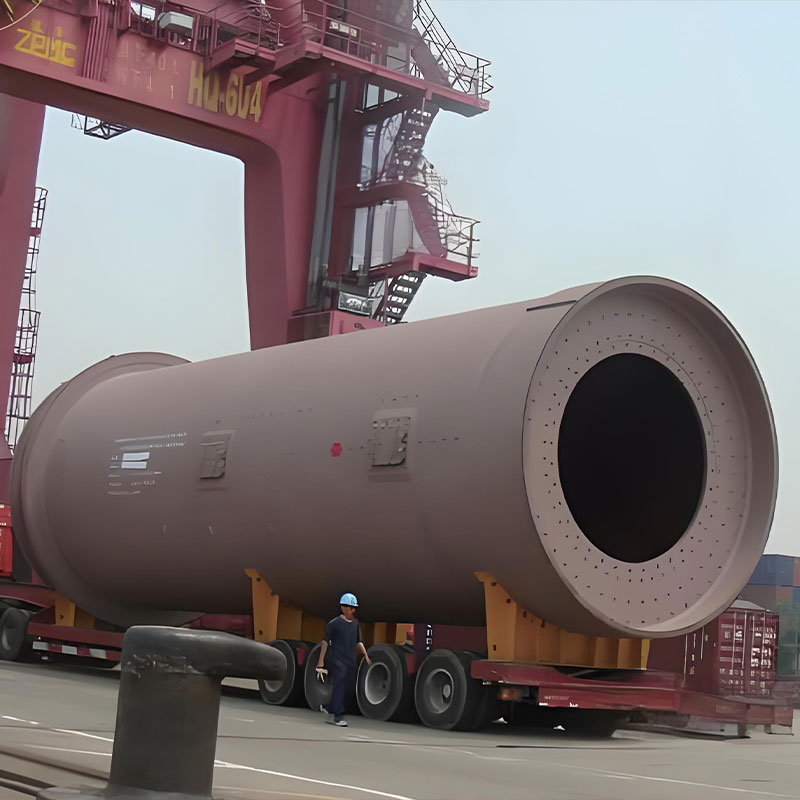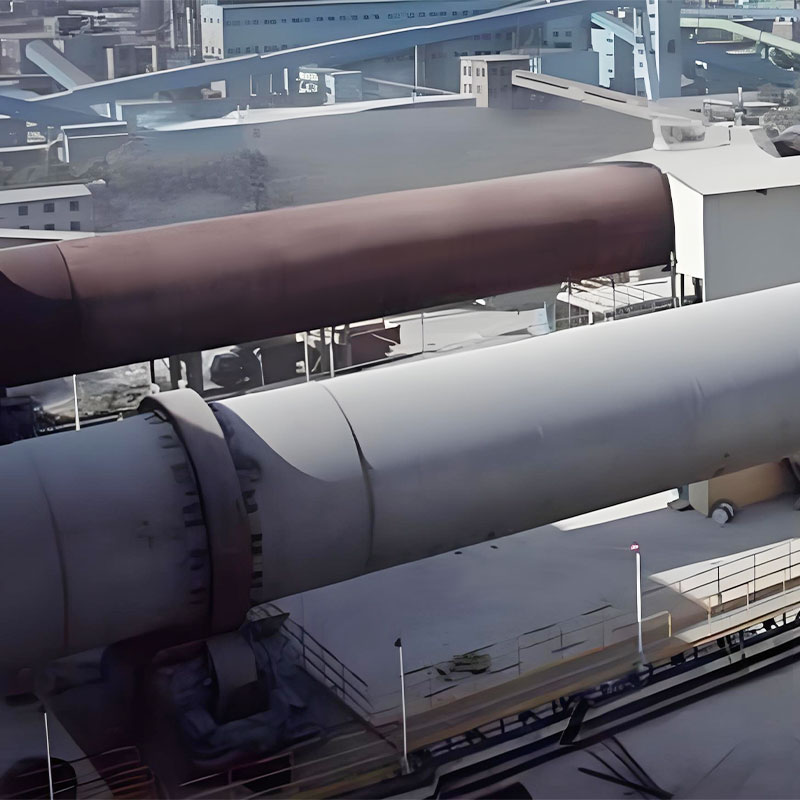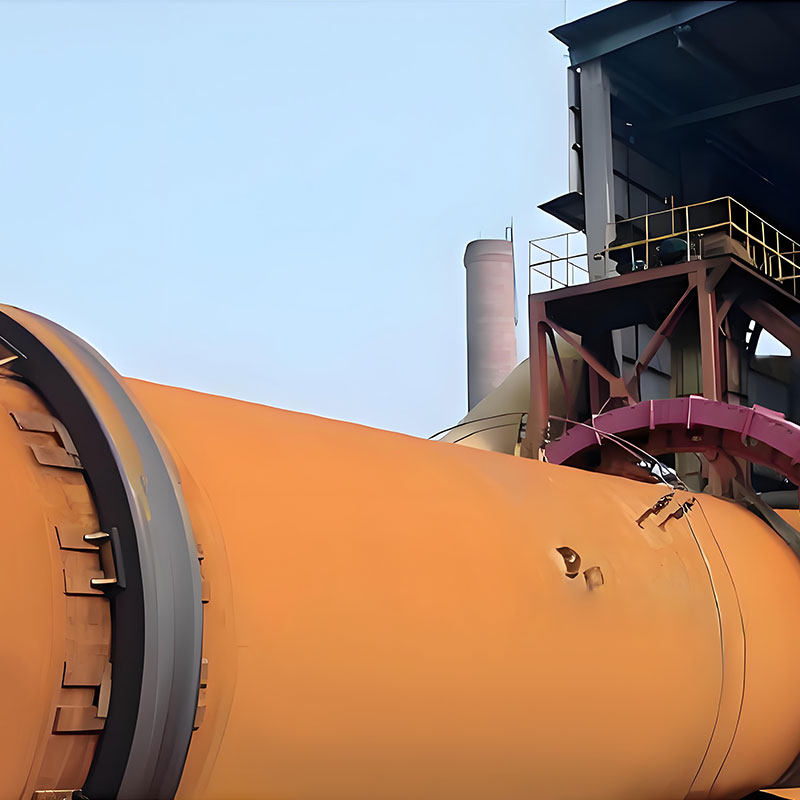What are the functions of an active lime production line?
Active lime production line is a complete set of equipment used to produce highly reactive lime (activated lime). Its core function is to decompose limestone (CaCO₃) into quicklime (CaO) through high-temperature calcination, ensuring the product's high reactivity to meet the needs of various industries, including steel, chemicals, and environmental protection.
1. Core Function
The active lime production line uses precise temperature control (1050-1150°C) and calcination to fully decompose limestone into CaO, achieving an activity of over 300 mL (by 4N-HCl titration), significantly exceeding that of ordinary lime (activity <200 mL).
Active lime has a large specific surface area, high porosity, and fast reaction speed, making it suitable for efficient metallurgy and chemical synthesis.
The active lime production line can process low-grade limestone (CaO content ≥50%) and improve resource utilization through sorting, crushing, and calcination processes.
The waste heat recovery system reduces energy consumption (energy consumption per ton of lime ≤ 120 kg of standard coal).

2. Key application areas
(1). Iron and steel industry (accounting for about 60%)
Steelmaking desulfurization and dephosphorization: Active lime reacts with sulfur and phosphorus in molten steel to form slag phase, improving the purity of steel.
Sintering ore additives: shorten sintering time and improve iron ore grade.
Converter/electric furnace auxiliary materials: as a slag-making agent, reduce smelting temperature and reduce energy consumption.
(2). Chemical industry
Calcium carbide production: Active lime reacts with coke to form calcium carbide (CaC₂), which is used as a chemical raw material for PVC.
Alkali recovery: Lime is used to recover sodium hydroxide in the papermaking industry.
Environmental protection field:
Flue gas desulfurization (FGD): reacts with SO₂ to form gypsum.
Sewage treatment: adjust pH value and precipitate heavy metals.
(3). Building materials industry
Production of light calcium carbonate: Active lime is hydrolyzed and reacts with CO₂ to form precipitated calcium carbonate (used as filler in plastics and coatings).
Calcium ash powder/putty powder: an important component of building coatings.
(4). Other fields
Sugar factory clarifier: remove impurities from sugarcane juice.
Environmentally friendly building materials: prepare aerated concrete blocks (using the gas-generating properties of lime).
3. Typical process flow of the production line
(1). Raw material pretreatment
Crushing: crush the limestone into 10~40mm particles (jaw crusher + impact crusher).
Screening: remove dirt and impurities to ensure the uniformity of the raw materials.
(2). Calcination system
Rotary kiln/vertical kiln:
Rotary kiln: suitable for large-scale production (daily output of more than 1,000 tons), uniform calcination.
Vertical kiln: low energy consumption (energy consumption per ton of lime ≤ 110kg standard coal), but small production capacity.
Temperature control: preheating section (800℃), calcination section (1100℃), cooling section (below 200℃).
(3). Finished product processing
Cooling: use a sealed cooler to prevent the lime from absorbing moisture and becoming ineffective. Sorting: Vibrating screens are used to separate overburned and underburned materials to ensure activity levels meet standards.
Storage: Store in a sealed warehouse (humidity <5%).
News Category
Recommended Products
It is focused on the overall solution of dry bulk material port transfer system,
research and development, manufacturing, and service
- Product Category
- >Cement production line
- >Environment protection
- >Metallurgical and mining equipment
- >Pressure Vessel
- Quick Links
- >Products
- >Company
- >Equipments
- >Solutions
- >Services
- >News
- >Contact
- Contact us
-
-
 Call us for support+86 13584702563
Call us for support+86 13584702563 -
 Call us for supporthaijian@haijianstock.com
Call us for supporthaijian@haijianstock.com -
 No. 198, Shuanglou Road, Qutang Town, Haian County, Jiangsu Province
No. 198, Shuanglou Road, Qutang Town, Haian County, Jiangsu Province
-


 English
English  русский
русский  Español
Español 